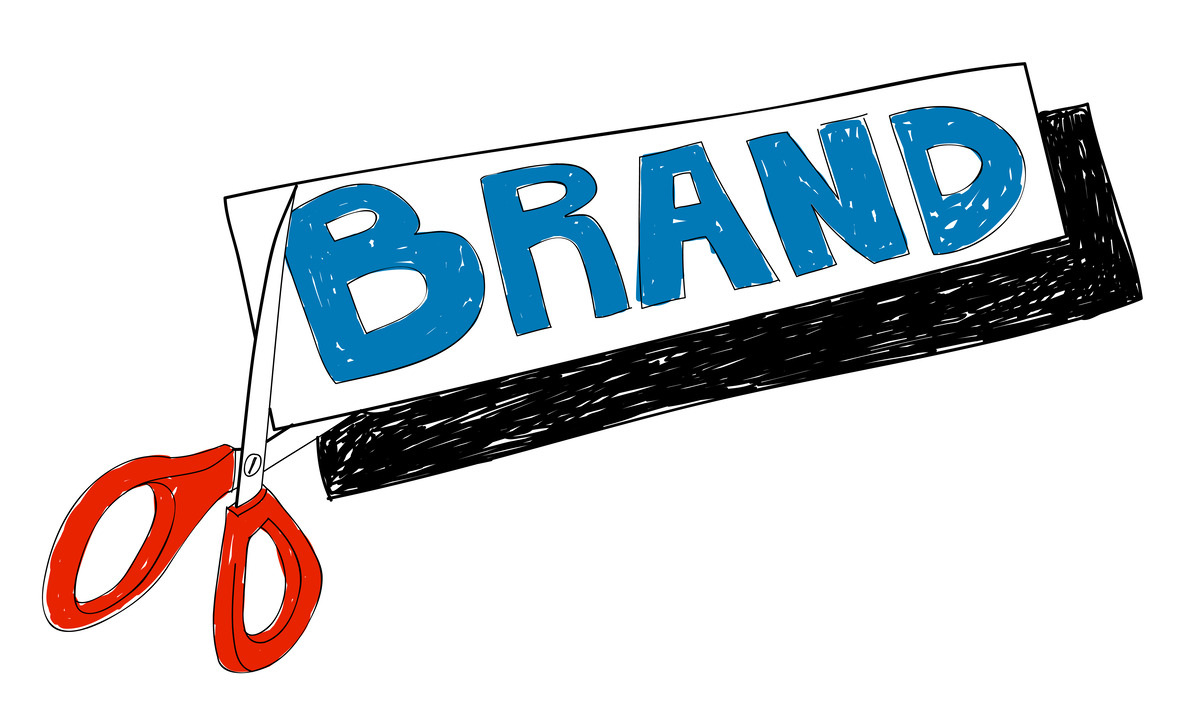Overview
The design landscape, a vibrant tapestry woven from threads of innovation and evolution, demands more than just the virtuoso’s touch. It necessitates a profound understanding of the audience, a map through the labyrinth of human needs and desires, UX designing is the central part of it . While intuition and creativity spark the design flame, user research emerges as the compass, guiding choices towards impactful and user-centric products.
Intersection Recognizing Customer Needs
In order to help designers gain a thorough grasp of consumer demands, motivations, and pain spots, user research acts as a compass. By employing techniques like questionnaires, interviews, and ethnographic research, designers are able to gather important information about the environment in which their products will be utilized, which helps them understand consumers’ needs and anticipate them. User research enables designers to develop solutions that solve practical issues and deeply connect with their target audience by revealing hidden wants and unfulfilled ambitions.
Validating Assumptions
Early on in the design process of UX designing, designers frequently base their decisions and assumptions about the preferences and behaviour of their users. By providing designers with empirical data and user input to support their ideas, user research acts as a reality check. Designers may iterate and enhance their ideas based on real user interactions by performing usability tests, prototype assessments, and concept validation studies. This helps to ensure that the final product satisfies user expectations and serves its intended function.
The Symphony of User Research in Design
The power of user research lies not just in its ability to inform, but in its transformative potential of UX designing. It fosters empathy, a bridge between the designer’s mind and the user’s heart. It challenges preconceived notions, injecting a dose of reality into the design process. Ultimately, it empowers designers to move beyond mere problem-solving, crafting solutions that not only function flawlessly, but resonate deeply, leaving an indelible mark on the user’s journey.

So, embark on this crucial quest, dear designer. Embrace the power of user research, and let it guide your hand. In its depths, you shall discover not just the secrets of successful products, but the very essence of human-cantered design – a design that speaks to the soul, one interaction at a time.
Design Process Iteration
Because user research is by its very nature iterative, the lessons learned from one phase affect the next when it comes to design.
Through the use of an iterative UX designing process, designers may obtain input often, reducing the possibility of expensive errors and guaranteeing that the finished product satisfies customer requirements and expectations.
Designers may iteratively improve the user experience and maximize the chance of success at launch by refining their designs in response to user feedback through quick prototyping, user testing, and continuous iteration.
Increasing Interaction with Users
When products are efficiently tailored to fit the requirements and preferences of users, user research plays a key role in increasing user engagement.
Through a thorough comprehension of user processes, habits, and preferences, interface designers can create straightforward and user-friendly designs that optimize user experience and promote proactive participation.
By applying usability best practices and user-cantered design concepts, designers can produce products that effectively connect with users, encourage adoption, and cultivate sustained engagement and loyalty.
Minimizing Risk
Without user research, designing products is like trying to navigate unknown waters without a compass; it’s risky and unclear. By giving designers factual proof and data-driven insights to guide their decisions, user research helps reduce risk.
Designers of UX designing may reduce the possibility of expensive redesigns and product failures later on by spotting any usability difficulties, doing usability testing, and addressing user pain points early in the design process. This will ensure a more seamless and successful product launch.
Conclusion
In summary, user research acts as a compass in the dynamic and cutthroat field of design, pointing designers in the direction of producing deeply felt products. User research is essential for guiding design decisions and creating successful products and experiences because it helps validate assumptions, develop empathy, and reduce risk. Accepting user research as a necessary component of the design process enables designers to produce products that surpass users’ expectations in addition to meeting their needs, which in turn improves user engagement, satisfaction, and loyalty.


